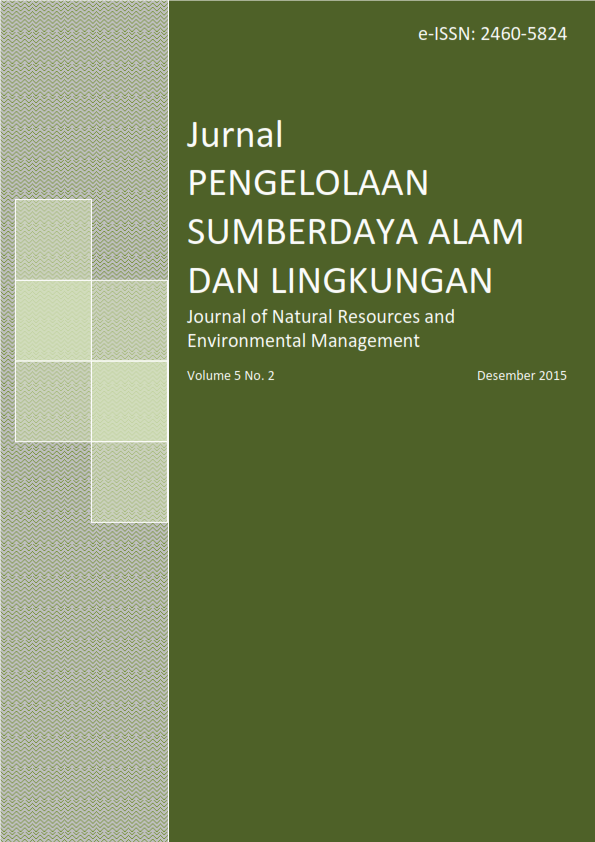PENGGUNAAN Aspergilus niger YANG DIRADIASI GAMMA SEBAGAI BIOREMEDIAN RESIDU TRIAZOFOS DAN LOGAM BERAT PADA BAWANG MERAH (Allium cepa L.)
Abstract
The use of pesticides and fertilizers containing Pb in agriculture will leave residues in soil, water, and plants. This Pb will be accumulated in the human body and, have a negative impact gradually on human health. The use of gamma-irradiation of Aspergillus niger is expected to reduce the levels of metals and residues triazofos onions. Bioremediation technique using gamma rays against a. niger is still quite a bit or a new research so the research on this is still a little The purpose of this study was to determine the effectiveness of technology A. niger low dose gamma irradiation in reducing heavy metals and low triazofos residue on onion. Apergillus niger low dose gamma irradiated, mixed with organic materials such as Kohe, rice husk and bran. The mixture is fermented for 8 days and then applied to the soil of onion in Bradford to measure levels of Pb and triazofosnya residue. The Atomic Absorption Spectrophotometer (AAS) and Gas Chromatography Mass Spectrophotometer (GCMS) was used in this study. The result showed Pb that goes into the water very small and more are stuck in the ground and Pb accumulated in onion is still quite high. Triazofos residue concentrations in onions undetectable or very low in quality standards established under 0,005 ppm. The conclusion of this study, Aspergillus niger were not irradiated and irradiated can withstand heavy metals Pb in soil so it goes into the water a little, but not optimal in Pb which adsorbs into the onion and pesticide residues on onions Triazofos undetected.
Keywords: Aspergillus niger, residual triazofos, gamma radiation, onionAuthors
Authors who publish with this journal agree to the following terms:
- Authors retain copyright and grant the journal right of first publication with the work simultaneously licensed under a Creative Commons Attribution License that allows others to share the work with an acknowledgement of the work's authorship and initial publication in this journal.
- Authors are able to enter into separate, additional contractual arrangements for the non-exclusive distribution of the journal's published version of the work (e.g., post it to an institutional repository or publish it in a book), with an acknowledgement of its initial publication in this journal.
- Authors are permitted and encouraged to post their work online (e.g., in institutional repositories or on their website) prior to and during the submission process, as it can lead to productive exchanges, as well as earlier and greater citation of published work (See The Effect of Open Access).






